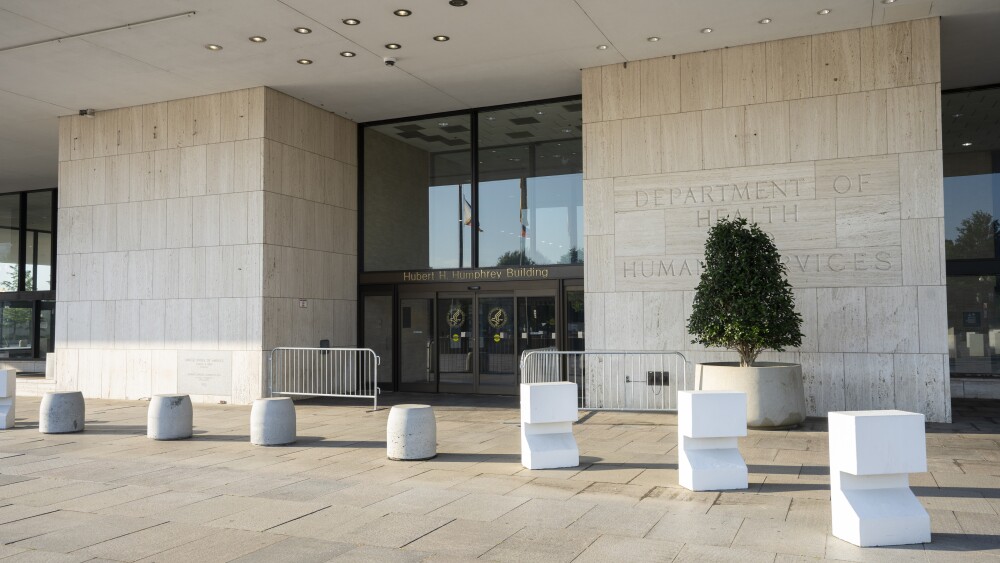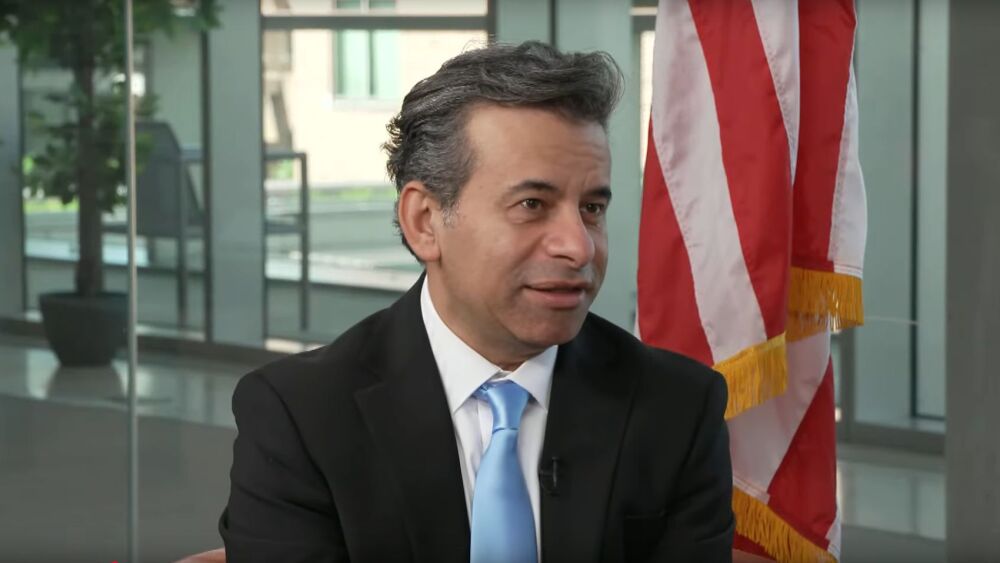Massachusetts biopharma workforce growth was fairly flat last year, and R&D and manufacturing employment declined, according to a new MassBio report. BioSpace data further highlight challenges facing the state, showing roughly 2,300 people out of work in 2025 and jobs live on the website falling.
Biotech and pharma professionals seeking work in Massachusetts last year likely had limited opportunities, based on findings in a new MassBio report. The industry snapshot published Aug. 26 found that the state’s biopharma workforce grew just 0.1% in 2024 based on federal data—and that research and development (R&D) employment declined 1.7% while biomanufacturing jobs dropped 1.5%.
The relatively flat biopharma job growth aligns with findings from a June Massachusetts Biotechnology Education Foundation report. It found that life sciences employment in the state flattened out in 2024 after showing steady growth since 2010, with jobs rising by just 0.03%.
In her letter opening the industry snapshot, MassBio CEO and President Kendalle Burlin O’Connell noted that at this time last year, there was optimism that the biotech industry and global economy had reached the bottom of a prolonged downturn. However, she wrote, “Uncertainty has replaced cautious optimism. Ongoing tariff machinations and pricing conversations have added to the volatility. Upheaval at the federal level, including shakeups at FDA and NIH and the threat of price controls, has caused a freeze, rather than the expected thaw, across the biopharma landscape. People are out of work, runways are shortening, and patients are still waiting.”
Recent BioSpace data underscore the employment challenges in Massachusetts. Jobs live on the BioSpace website in the state dropped 39% from July 2024 to July 2025 and have been on a general downward trend this year.
Still, the industry snapshot shared some positive employment findings for Massachusetts. Regarding research and development jobs, it noted that despite a significant decline in 2024 following years of steady growth, the state still makes up 23% of the U.S. biopharma R&D workforce. In addition, while manufacturing jobs fell for the second straight year, the 1.5% dip was less than the decreases seen in California (-4.2%) and Michigan (-2.8%). The snapshot also noted that the 0.1% growth in biopharma jobs took place despite headwinds and layoffs.
Staff Cuts Hit Massachusetts Hard
Workforce cuts continue to hit biopharma employees hard in 2025, and those working in Massachusetts are no exception. So far this year in the state, there have been 48 rounds of mass cuts made or announced by 45 companies, totaling an estimated 2,332 employees, based on BioSpace tallies.* Those numbers exclude contract development and manufacturing organizations, contract research organizations, tools and services businesses and medical device firms. In addition, if a company that laid off employees had multiple U.S. locations that included a site in Massachusetts, and it was unclear which facilities the downsizing impacted, BioSpace did not include that workforce reduction in the tallies.
Layoffs took place primarily in Cambridge, with 24 rounds of mass cuts made or announced by 21 companies. The next-highest number of rounds—eight—were in Boston. Layoffs also affected employees in Andover, Bedford, Burlington, Lexington, Needham, Somerville, Waltham, Watertown, Wilmington and Woburn.
Companies of varying sizes have let people go in Massachusetts this year, with some, such as Sage Therapeutics, cutting their entire staff. Other biopharmas that have laid off employees in 2025 include Apriori Bio, GSK, Leap Therapeutics, Tango Therapeutics and Vedanta Biosciences.
The largest round of mass cuts this year belongs to Sarepta Therapeutics. In July, the Cambridge-based biotech announced it would part with about 500 employees following a strategic review. According to Worker Adjustment and Retraining Notification (WARN) Act notices, the cuts took place in Massachusetts, Ohio and North Carolina, with 392 people across Sarepta’s Andover, Bedford and Cambridge locations affected.
Funding Issues Contribute to Slowdown
In addition to layoffs, the industry snapshot also highlighted investment challenges in Massachusetts. It noted that a lack of funding deals and substantial external headwinds exacerbated an industry-wide slowdown in 2024 and the first half of 2025. As a result, biopharma R&D and manufacturing layoffs increased, company exits were limited, lab vacancy rates grew and the overall drug pipeline rose modestly.
Regarding venture capital (VC), the industry snapshot found that the $2.75 billion of VC invested in Massachusetts-headquartered companies in the first and second quarters of 2025 was a 17.1% year-over-year drop and is the lowest total since 2017. The report also shared that there were 93 VC funding deals in the first half of this year, down slightly from 95 during the same time last year.
Providing more insight into that last statistic, O’Connell wrote, “It is unsustainable when just 10 of 93 deals comprise more than 50 percent of the total value. Until economic confidence allows exits (IPOs and M&A) to happen, funding will remain tight.”
As to federal funds, the report found that in 2024, Massachusetts organizations received 9.3% of all National Institutes of Health (NIH) funding, the same percentage as in 2023. However, it noted, if 2025 funding continues at the pace it has through July 28, the state will receive about $436.6 million less in 2025 than in 2024. Last year, it received about $3.5 million in NIH funding, a 1.4% decrease from 2023.
The industry snapshot is not the first place in which MassBio has raised concerns about government investment. In a May report, the group noted that recent federal actions including NIH research cuts could severely disrupt the U.S. biotech ecosystem, especially in Massachusetts.
Still, the snapshot reported some positive findings. For example, it noted that Massachusetts-headquartered biopharmas received 22.5% of U.S. VC funding in the first half of 2025, up 21% year over year and second only to California (45%). No other state reached 4%. In addition, the report found, the average funding round for Massachusetts-headquartered companies was $34.3 million, compared to the national average of $29 million.
State ‘Trying Like Hell’ to Make a Comeback
Despite the challenges facing the Massachusetts biopharma sector, the industry snapshot shared a positive outlook on what could be ahead. It noted that as a mature life sciences cluster totaling over 117,000 jobs, when investor confidence returns, the state is primed for a rebound due to available talent and lab space inventory. As O’Connell shared at the end of her letter, Massachusetts is the place for biomedical miracles and sports comebacks.
“I have full faith that when the dust settles, it is the Commonwealth of Massachusetts that will lead the way back,” she wrote. “We’ve done it before. We’re trying like hell to do it again.”
*To tally layoffs, BioSpace compiles data for known workforce reductions. The number of employees affected is identified or estimated primarily through information in company press releases, WARN notices, SEC filings and other media outlets’ reports or via confirmation from company officials.
Not all companies disclose downsizing, and some share only the percentage of staff affected. Some biopharmas provide total numbers retrospectively rather than disclosing individual workforce reductions as they happen.
Interested in more career insights? Subscribe to Career Insider to receive our quarterly life sciences job market reports, career advice and more.







